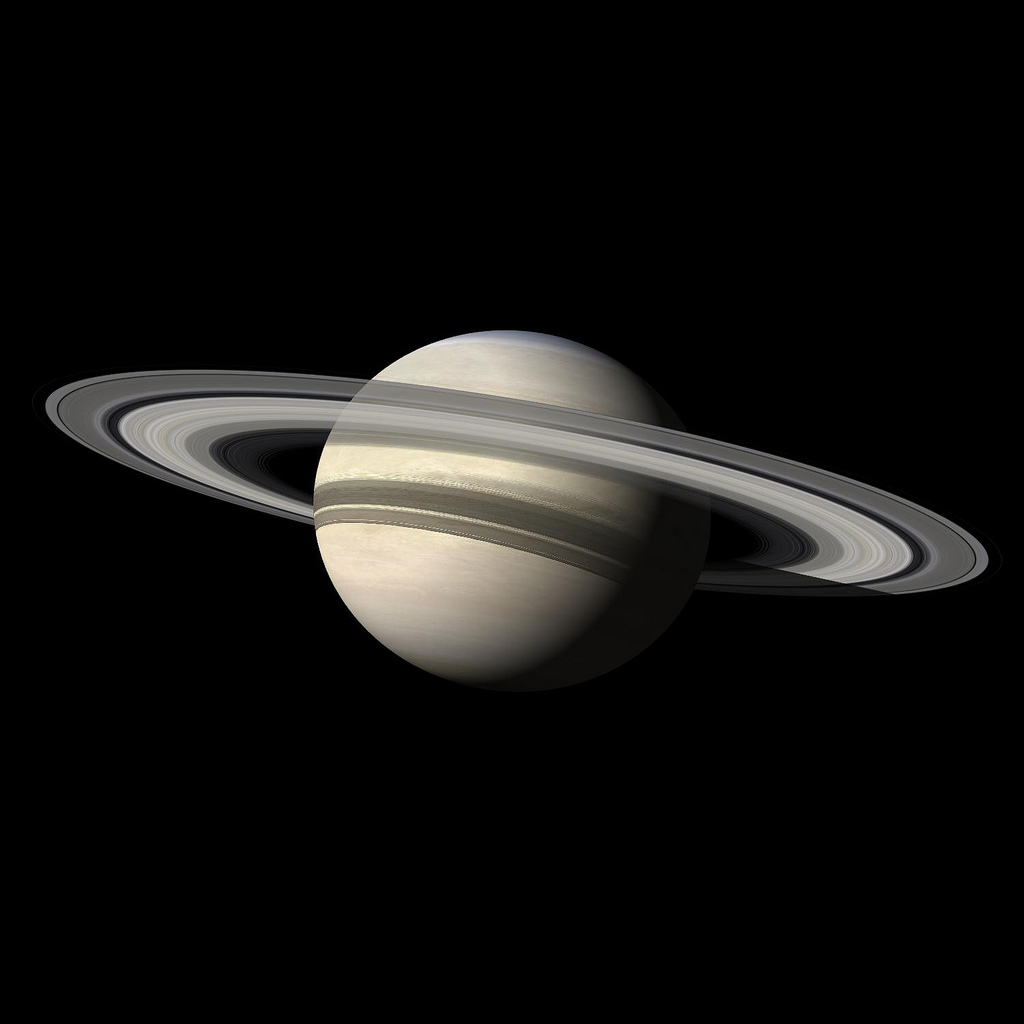
The International Astronomical Union’s Minor Planet Center has announced that scientists have discovered an additional 20 moons orbiting Saturn, giving it the most satellites of any planetary body in our solar system. An observing team that included Scott Sheppard of the Carnegie Institution for Science, David Jewitt of University of California, Los Angeles (UCLA), and Jan Kleyna of the University of Hawaii discovered the new moons using data from the Subaru telescope on Maunakea, Hawaii. The researchers used a computer algorithm to link the data through time and confirm that the moons were indeed reliably orbiting Saturn.
The additional 20 moons orbiting Saturn brings its grand total to 82, three more than second-place Jupiter. The moons are tiny at just 3 miles across and all of them circle the planet from relatively far away. Seventeen of the moons have retrograde orbits, meaning their movement is opposite of the planet’s rotation around its axis. The other three orbit in prograde – the same direction that Saturn rotates in.
Two of the prograde moons take about two years to travel once around the ringed planet. Seventeen of the moons take about three years to circle the gas giant. Saturn’s farthest known moon takes about 5.3 years to make the full trip around the planet.
These collisions may have happened as Saturn was in the process of forming, when a cloud of dust and gas surrounded the planet. In most cases, these bodies would have ended up spiraling into the planet and becoming part of it. Dr. Sheppard explained, “Most objects would spiral into the planet and help form the planet itself. But we think these objects were captured right when the gas and dust started dissipating. So they were captured into orbits around the planet rather than falling into the planet.”
Sheppard has invited the public to suggest names for the new moons in a contest. The moons must be named after giants from Norse, Gallic, or Inuit mythology, corresponding to the three different clusters.
